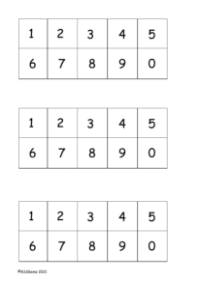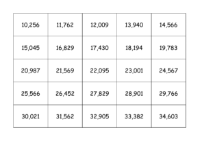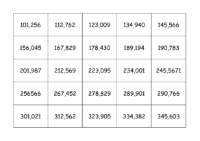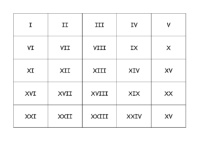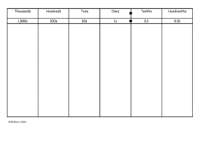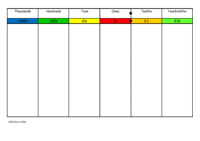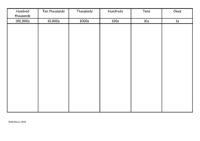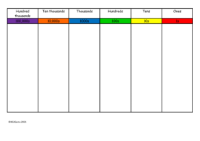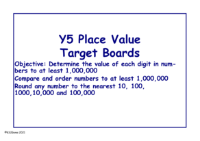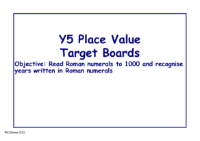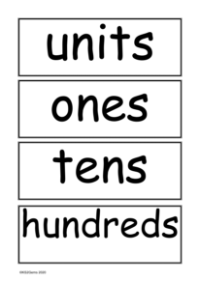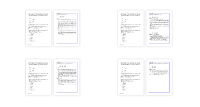Vocabulary - Roman Numerals
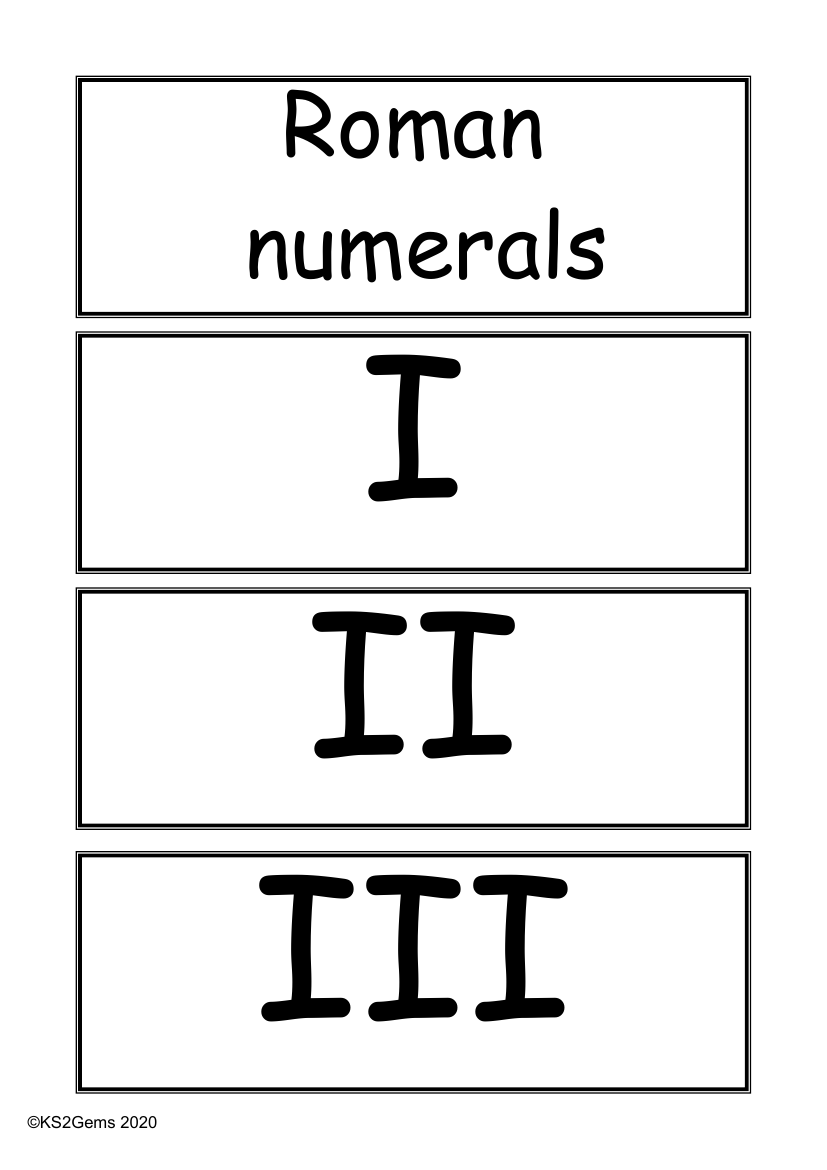
Maths Resource Description
Roman numerals are a system of numerical notation that originated in ancient Rome and remained the standard way of writing numbers throughout Europe well into the Late Middle Ages. These numerals are represented by combinations of letters from the Latin alphabet, with each letter representing a specific value. For instance, 'I' represents the number 1, 'II' is 2, and 'III' stands for 3. This system also includes other symbols such as 'IV' for 4, 'V' for 5, 'VI' for 6, and 'VII' for 7. The numerals continue with 'VIII' representing 8, 'IX' for 9, and 'X' signifying 10. Beyond these, the numeral 'XI' equals 11, and 'XII' corresponds to 12.
The Roman numeral system also includes larger values such as 'L' for 50, 'C' for 100, 'D' for 500, and 'M' which represents 1000. These numerals can be combined in various ways to create larger numbers. For example, the numeral for 2 is written as 'II', which is simply two 'I's added together. Similarly, 20 would be written as 'XX', which is two 'X's combined. Learning Roman numerals can be both fun and challenging, and they are often introduced to students in primary education to help develop their understanding of different number systems and historical numeracy practices.
